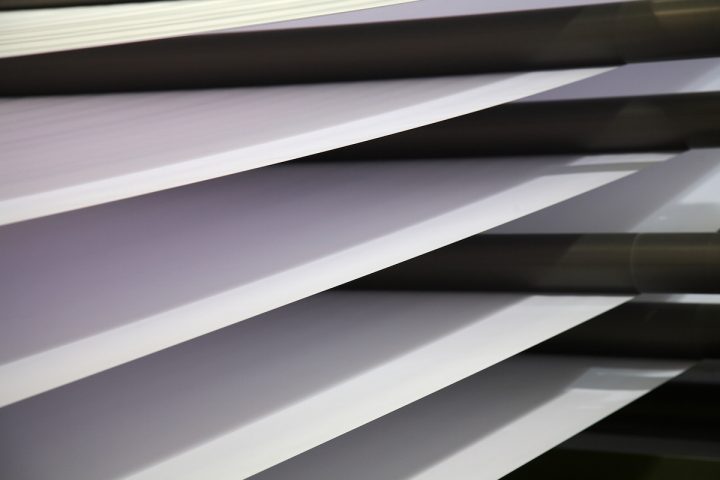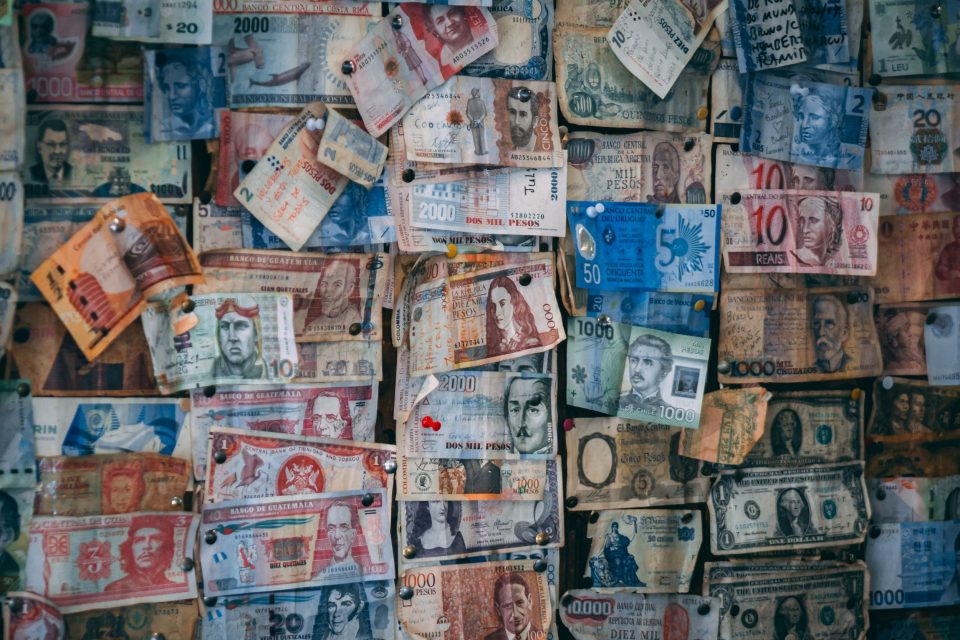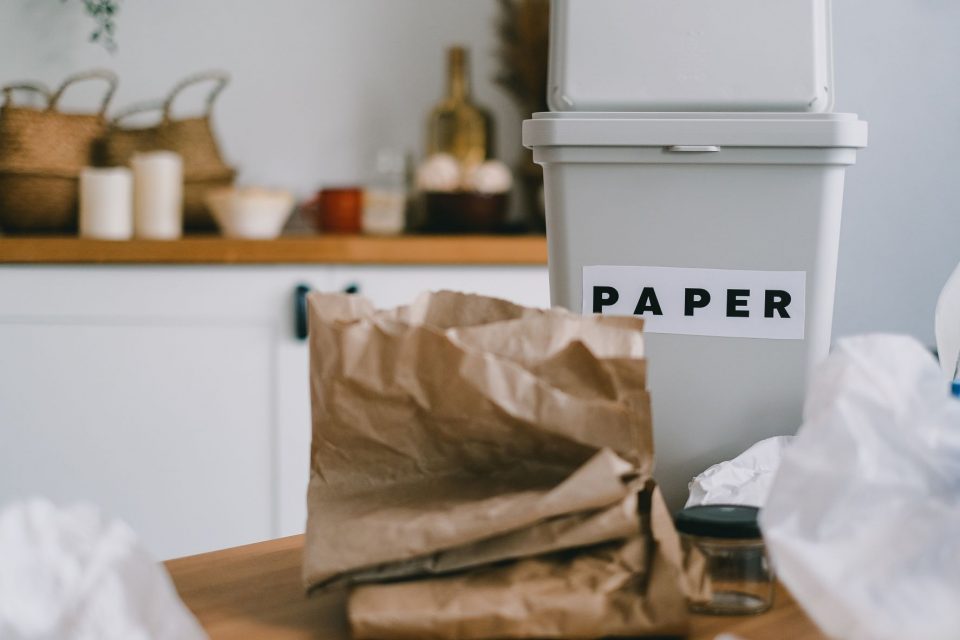How paper is made: Paper Making

Mindfulness: Does it really work?
July 21, 2016
Zanny Minton Beddoes – The Economist
July 28, 2016
Continuing our journey through the process of making paper, we have now arrived at the paper making itself after looking at the production of pulp in our last blog. This stage will look at how the pulp if processed to produce sheets of paper.
At the end of the last stage we ended up with bleached pulp in slurry form ready to be processed by the paper mills. This slurry must first be refined in order to strengthen the bonds between the fibres. Mineral fillers and other additives are used to improve the strength and optical properties of the paper. After this is done, the bleached pulp is ready to be processed and is sent to the headbox – the first part of the paper machine.
The pulp is fed at a steady speed into the headbox onto a continuous fabric loop. This part of the machine drains the water from the pulp simply using gravity along with suction and vacuum tools to aid the process. This reduces the moisture of the pulp down to 80 – 85%. This processes the pulp into a continuous sheet.
The sheets of pulp are then sent to the second part of the paper machine, the pre-dryer. This removes more moisture from the pulp by pressing it along with the help of vacuum processes once again. This brings the moisture down to 58 – 60%, at which point no more water can be removed mechanically.
The next stage is the post-dryer, but in between the second and third stages the paper goes through the Symsizer. The sheets are sent through rubber-clad rolls where a starch solution is applied to the paper. This helps to improve the quality of the surface of the paper, allowing printing inks to be applied to it more easily. As this adds more moisture to the sheets again, they are dried in the post-dryer which uses heat to evaporate the moisture.
Finally, the sheets are then fed into the reeler which produces jumbo reels of paper weighing 80 tons, which takes just 60 minutes. These jumbo reels are then processed into smaller reels which can be processed into different formats and different products, either in the warehouse or by the client once they have been delivered. These reels are sent to the packer, which packages up the reels to protect the paper from humidity and make it easier to handle and transport.
So, there we have the final product after four stages of manufacture – reams of paper that can be turned into a variety of products or processed into different sizes and shapes of paper.




